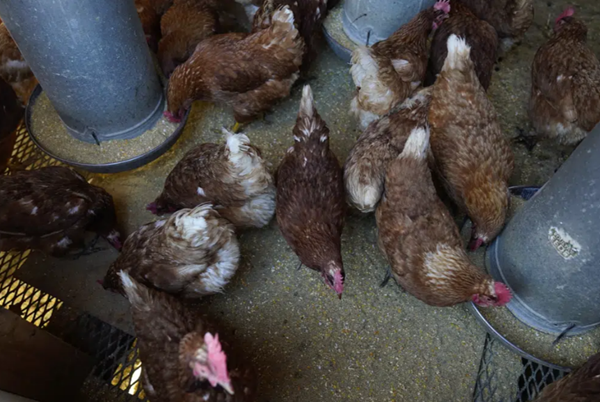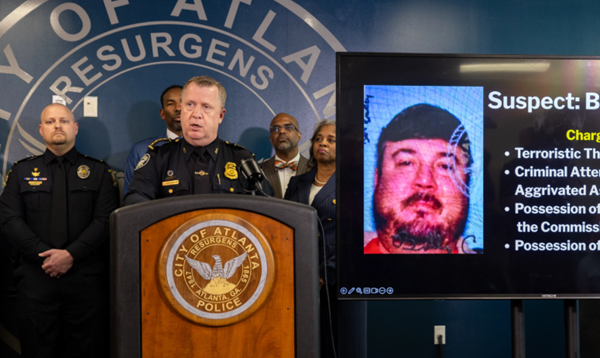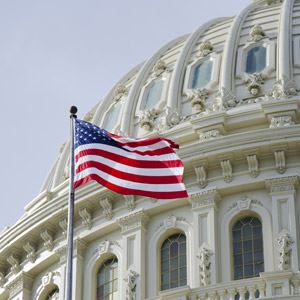The ongoing bird flu outbreak has cost the government roughly $661 million and added to consumers’ pain at the grocery store after more than 58 million birds were slaughtered to limit the spread of the virus.
In addition to the cost of the government response that the USDA tallied up and rising prices for eggs, chicken and turkey, farmers who raise those animals have easily lost more than $1 billion, said an agricultural economist, though no one has calculated the total cost to the industry yet.
The bad news is that with the outbreak entering its second year and the spring migratory season looming, there is no end in sight. And there is little farmers can do beyond the steps they have already taken to try to keep the virus out.
Unlike past years, the virus that causes highly pathogenic avian influenza found a way to survive through the heat of last summer, leading to a rise in cases reported in the fall.
The outbreak is already more widespread than the last major bird flu outbreak in 2015, but it hasn’t proven as costly yet partly because the government and industry applied lessons learned eight years ago.
“The past year has been devastating for the turkey industry as we experience, unequivocally, the worst HPAI (highly pathogenic avian influenza) outbreak in the industry’s history,” National Turkey Federation spokeswoman Shelby Newman said.
In the current outbreak, 58.4 million birds have been slaughtered on more than 300 commercial farms in 47 states. That is because any time the virus is detected, the entire flock on that farm — which can number in the millions — must be killed to limit the spread of the disease. Only Hawaii, Louisiana and West Virginia have yet to report a case of bird flu. Iowa — the nation’s biggest egg producer — leads the nation with nearly 16 million birds slaughtered.
In 2015, about 50 million chickens and turkeys were slaughtered on more than 200 farms in 15 states.
Avian flu was detected in Kentucky's wild bird population last year, and commercial poultry operations have been extra vigilant to detect signs of any spread into their flocks. Even the Lousivlle Zoo closed exhibit areas and moved some of its birds indoors or off site as a precaution.
Egg prices shot up to $4.82 a dozen in January from $1.93 a year earlier, according to the latest government figures. That spike prompted calls for a price-gouging investigation although the industry maintains that the combination of bird flu and significantly higher feed, fuel and labor costs is what’s driving prices so high.
The price for a pound of chicken breast was $4.32 in January. That’s down slightly from last fall when the price peaked at $4.75, but it is up significantly from the year before when chicken breasts were selling for $3.73 per pound.
The Bureau of Labor Statistics doesn’t track retail turkey prices the same way as part of its inflation data, but the Agriculture Department says the wholesale price of turkey went from $1.29 per pound last January just before the bird flu outbreak began to $1.72 per pound last month.
Red Star chickens feed in their coop, Jan. 10, 2023, at Historic Wagner Farm in Glenview, Ill. The ongoing bird flu outbreak has cost the U.S. government roughly $661 million and added to consumers' pain at the grocery store after more than 58 million birds were slaughtered to limit the spread of the virus. (AP Photo/Erin Hooley, File)
Advertisement
Bird flu costs pile up as outbreak enters second year
Advertisement
Latest State & National
State & National
37 minutes ago
State & National
2 hours ago
State & National
21 hours ago
State & National
Oct. 18, 2025
State & National
Oct. 17, 2025
ADVERTISEMENT
Most Read >
ADVERTISEMENT
Latest State & National
State & National
37 minutes ago
State & National
2 hours ago
State & National
21 hours ago
State & National
Oct. 18, 2025
State & National
Oct. 17, 2025
Advertisement
ADVERTISEMENT





